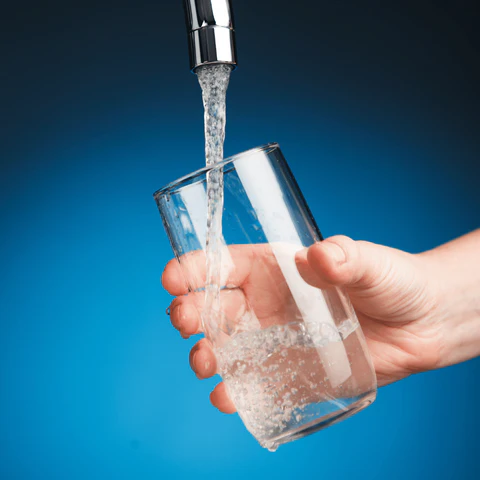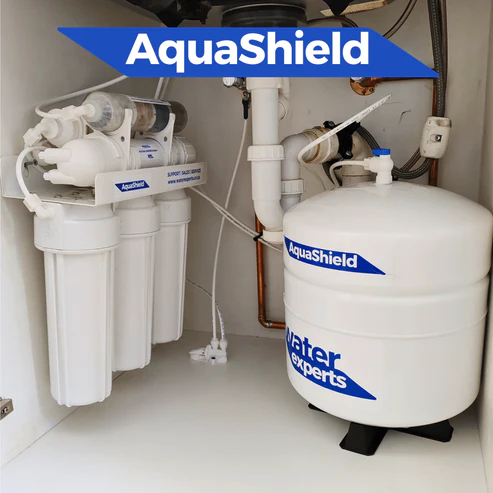
The Illusion of Clarity:
Millions of South Africans turn on their taps each day, trusting the crystal-clear water that flows out. But a recent report shatters this illusion of safety. The 2023 Blue Drop report, released in December 2023, revealed a shocking truth: nearly half (46%) of the country’s water supply systems failed microbiological safety standards during audits conducted in 2022. This means that millions of South Africans are potentially exposed to waterborne diseases like cholera and chronic diarrhoea, even though their water appears clean.
Invisible Threats Lurk Beneath the Surface:
While clarity might suggest purity, it doesn’t guarantee safety. Microscopic threats like bacteria (E. coli, Giardia), parasites (Cryptosporidium), and dissolved metals (arsenic, lead, nitrates) can lurk unseen in seemingly clean water. These contaminants can slip through the cracks due to various factors, including:
- Ageing infrastructure: Many water treatment plants struggle with outdated pipes and equipment, allowing contaminants to bypass treatment processes.
- Inadequate maintenance: Regular upkeep is crucial for optimal treatment, but resource constraints often hinder proper maintenance.
- Climate change and droughts: Reduced water flow can concentrate contaminants, while extreme weather events can damage infrastructure, further compromising water quality.
Water treatment plants work tirelessly to eliminate contaminants, but sometimes, their methods have unintended consequences.

Chlorine: The Double-Edged Sword
Chlorine, that ubiquitous disinfectant, stands as a stalwart sentinel in the fight against waterborne illnesses. Its potent oxidising power cripples bacteria, viruses, and other nasty microscopic critters, safeguarding the precious resource flowing through our taps. Yet, like any warrior, chlorine too possesses a dark side. When wielded excessively, it can transform from protector to perpetrator, unleashing unintended consequences that threaten the very health it seeks to defend.
Over-chlorination, while ensuring microbial annihilation, unleashes a chemical dance that spawns harmful byproducts called trihalomethanes (THMs). These THMs, like silent assassins, are linked to an increased risk of cancer, bladder problems, and even birth defects, casting a long shadow over the supposed purity of the chlorinated water.
You are on your own
A concerning revelation emerged from the 2023 Blue Drop Report: over half of the nation’s municipalities (57%) neglect to alert water users upon discovering contamination in the water supply. This alarming oversight exposes citizens to the grave risk of contracting waterborne illnesses, underscoring an utterly unacceptable practice. The potential health consequences of consuming contaminated water cannot be overstated.
In light of this revelation, it becomes abundantly clear that the onus lies upon each individual to safeguard their own water safety. In a scenario where authorities fail to fulfill their duty of notification, it becomes imperative for citizens to take proactive measures to ensure the purity of their drinking water. Your health and well-being, after all, are ultimately in your own hands.

Taking Charge of Your Health: Filtration Options:
While individual solutions like boiling water are helpful, they have limitations. For more comprehensive protection, consider these options:
- Water filters: Choose a filter certified to remove specific contaminants relevant to your area. Remember, regular filter replacements are crucial!
- Reverse osmosis (RO) systems: These offer advanced filtration, removing a wide range of impurities, including dissolved metals and salts.
Remember, clear water is not a guarantee of safe water. By understanding the invisible threats and exploring alternative solutions, we can make informed choices to protect our health and well-being. After all, every sip matters!

